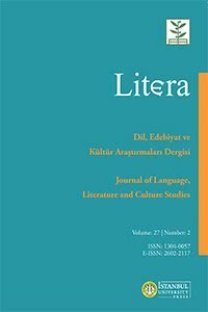The Rule of the Three, the “third force”, and The Quiet American
Việt Nam, third force, rule of the three, quagmire, United States of America
___
Bacevich, A. J. (2009). Best intentions: an appreciation of Graham Greene (Vol. 172, No. 1, pp. 93-98). World Affairs.Boes, T. (2006). Modernist studies and the Bildungsroman: A historical survey of critical trends (3(2), pp. 230-243). Literature Compass.
Bush’s Vietnam Fantasy. (2007). CHINA HAND. https://www.counterpunch.org/2007/08/28/bush-s-vietnam-fantasy/
Bushnell, W. S. (2006). Paying for the Damage: The Quiet American Revisited (36(2), pp. 38-44). Film & History: An Interdisciplinary Journal of Film and Television Studies.
FilmKunst (2019). Michael Caine on “The Quiet American” (2003) [Video]. YouTube. https://www.youtube.com/watch?v=aVs8dDJeEOc
Greene, G. (2010). The quiet american. Random House.Hadar, L. (2013). How Do You Say “Quagmire” In French?. The American Conservative. https://www.theamericanconservative.com/articles/how-do-you-say-quagmire-in-french/
Lewis, K. (1998). The Third Force: Graham Greene and Joseph L. Mankiewicz’s” The Quiet American” (10(4), pp. 477-491). Film History.
Logevall, F. (2012). Embers of war: The fall of an empire and the making of America’s Vietnam. Random House.
Miller, L. (2004). “God save us from the innocent and the good”. Salon. https://www.salon.com/2004/10/23/greene_2/
Rollins, P. C., & O’Connor, J. E. (2008). Why we fought: America’s wars in film and history. University Press of Kentucky.
Ruane, K. (2012). The Hidden History of Graham Greene’s Vietnam War: Fact, Fiction and The Quiet American (97(327), pp.431-452). History.
Tang, J. (2003). “Bush is the ultimate Alden Pyle”. Salon. https://www.salon.com/2003/02/11/noyce/
Zacharek, S. (2003). “The Quiet American”. Salon. https://www.salon.com/2003/01/29/quiet_american/
- Yayın Aralığı: Yılda 2 Sayı
- Yayıncı: İstanbul Üniversitesi
Charles RICE-DAVIS, Mia NAKAYAMA
Space and Intimate Immensity in Éric Emmanuel Schmitt’s Night of fire
The Rule of the Three, the “third force”, and The Quiet American
Disguised Subjugation as Education: Colonial and Maternal Pedagogy in Jamaica Kincaid’s Lucy
Mizahî Ögelerin Çevirisi Üzerine Bir İnceleme: Bir Noel Gecesi Örneği
Teleological Trajectory of Subjection: A Critique of Marlovian Heroes
Troubles Dönemi’nde Baskıya Karşı Dayanmak: Anna Burns’un Milkman Adlı Eseri
